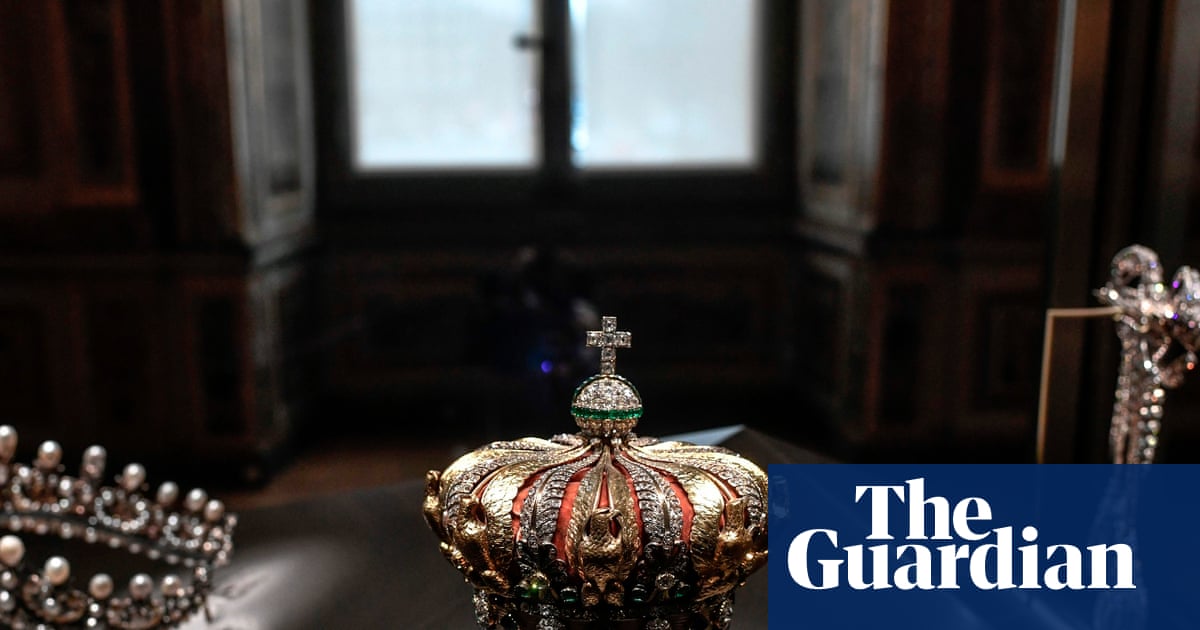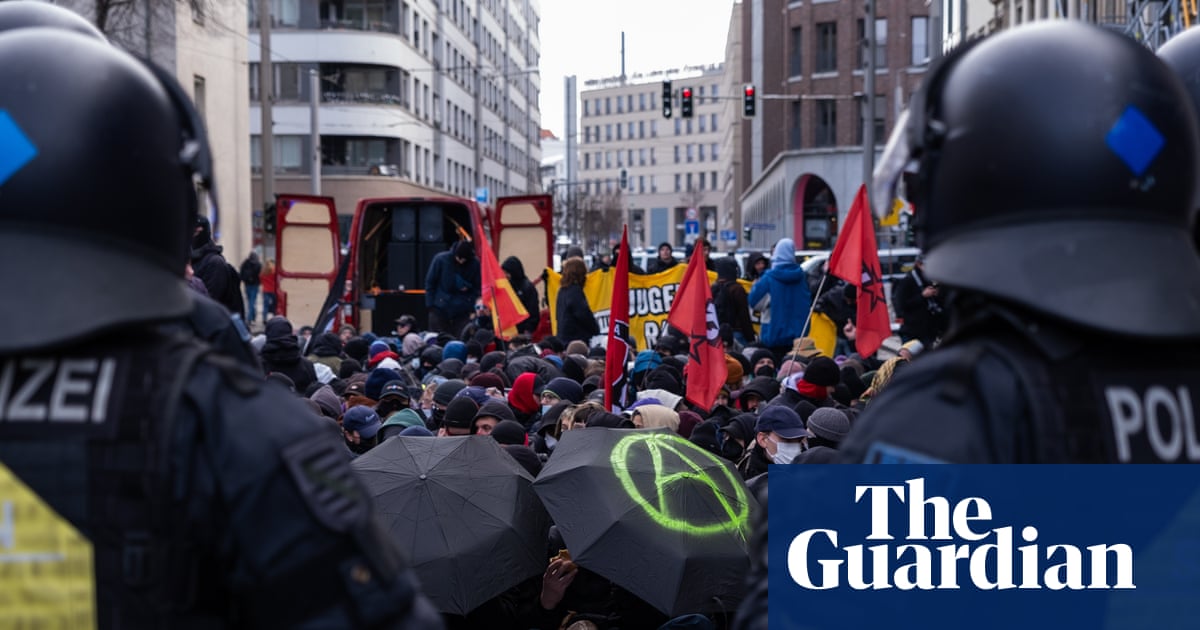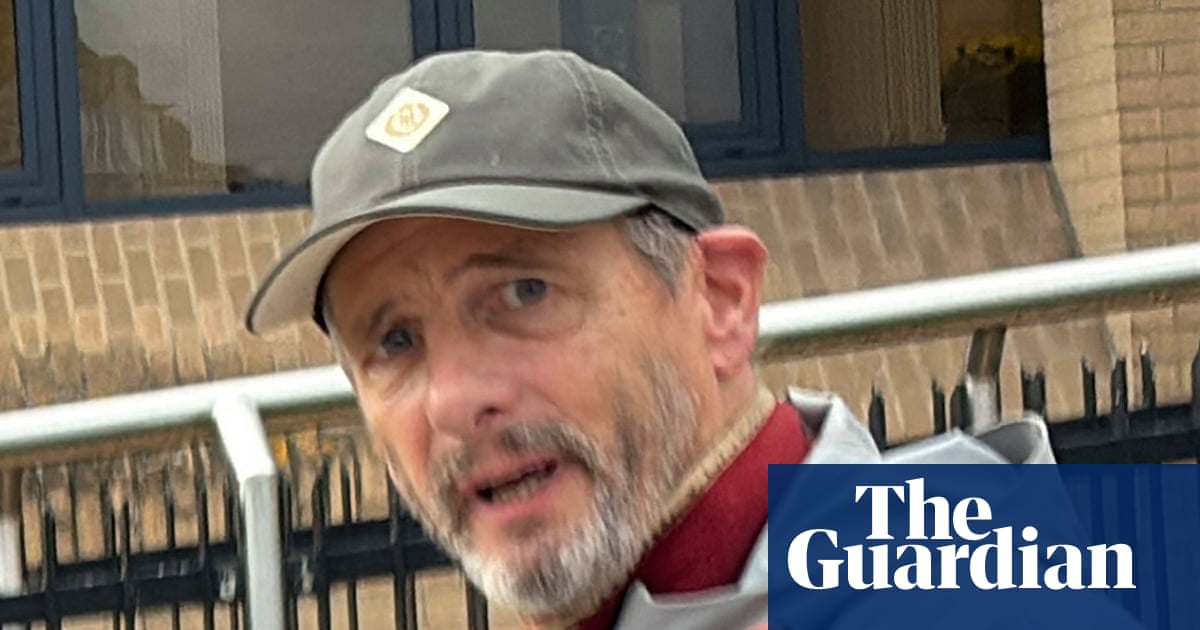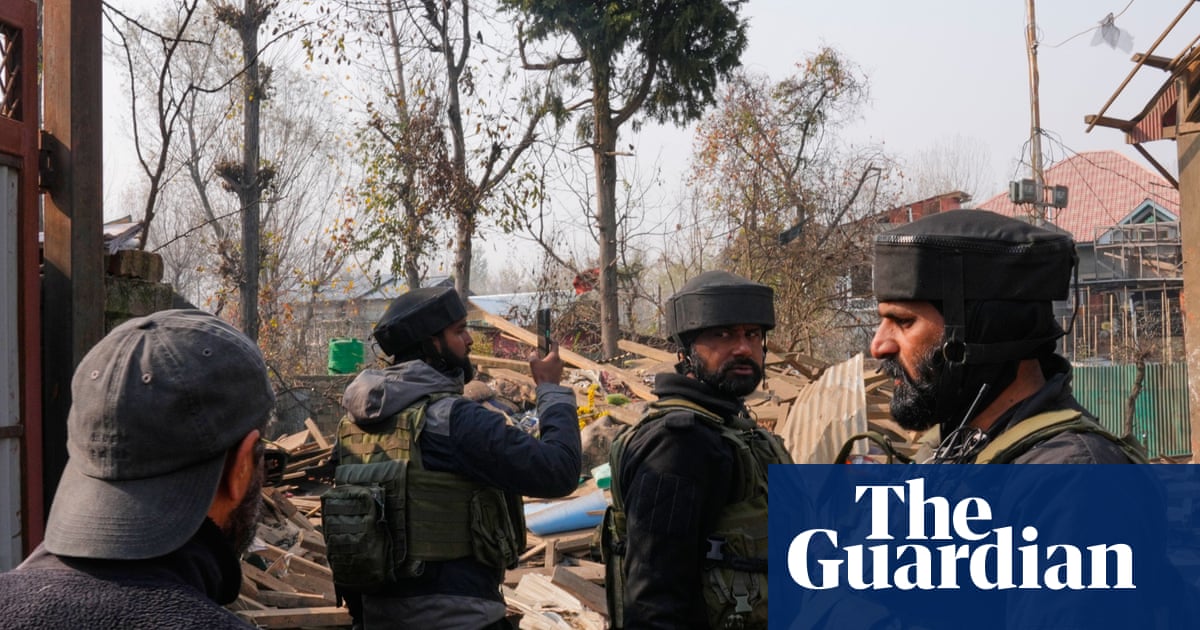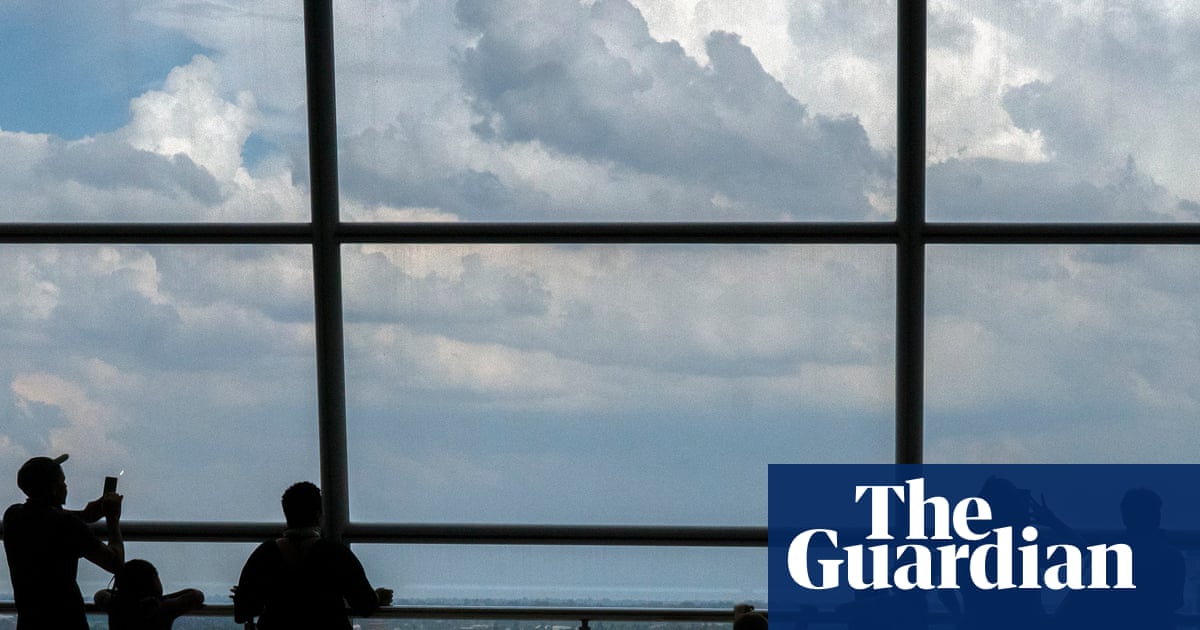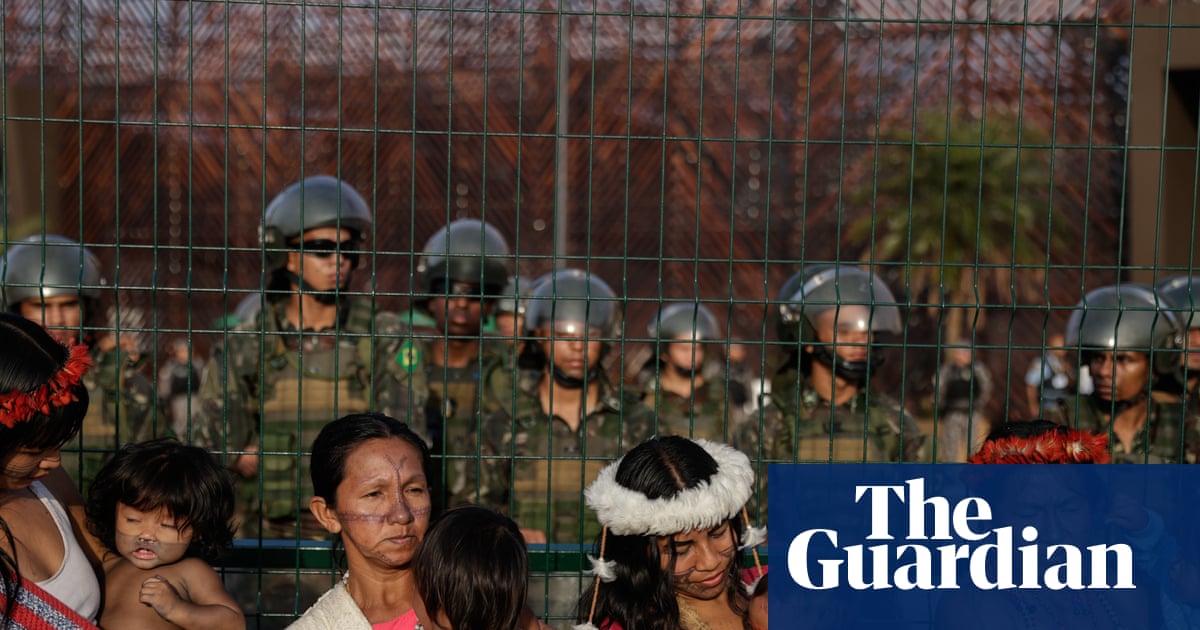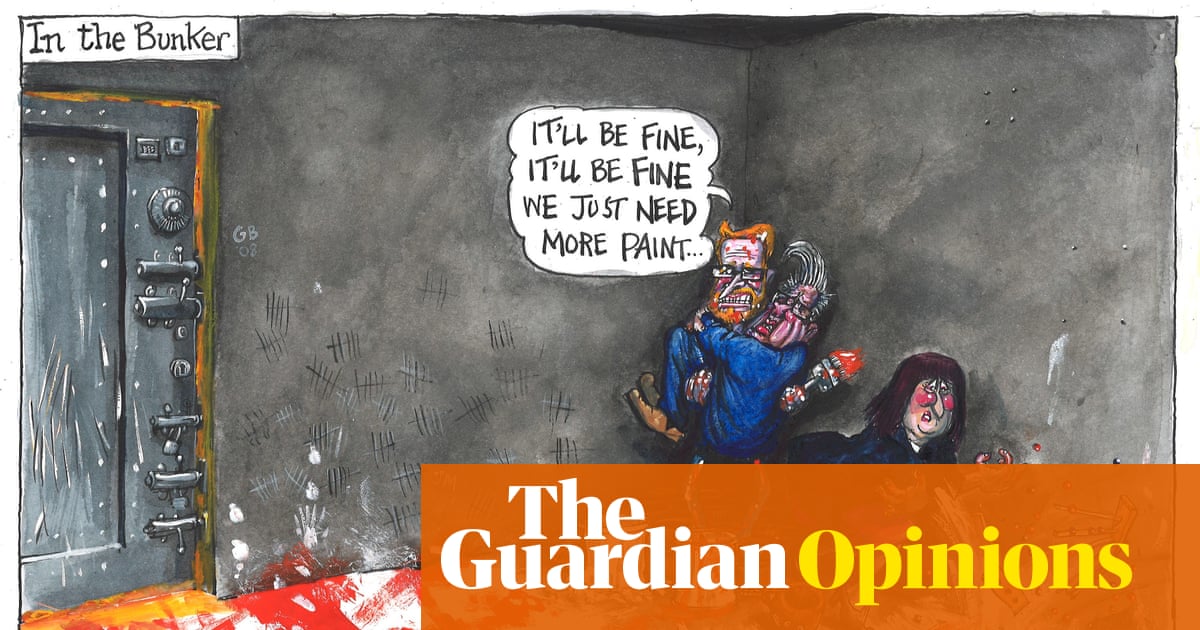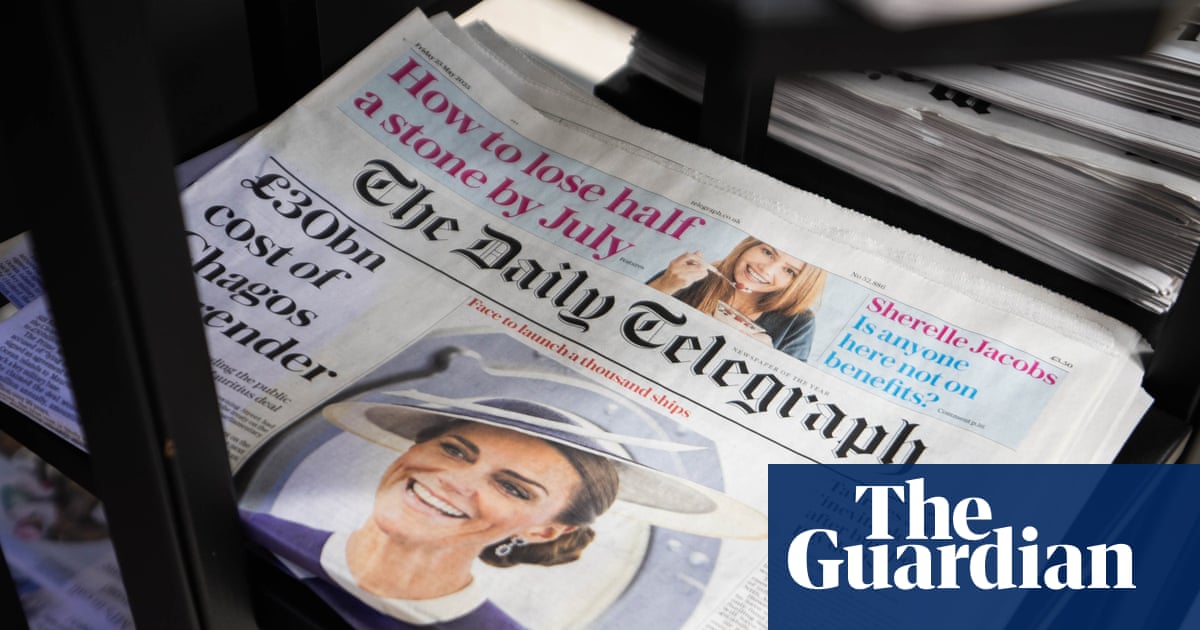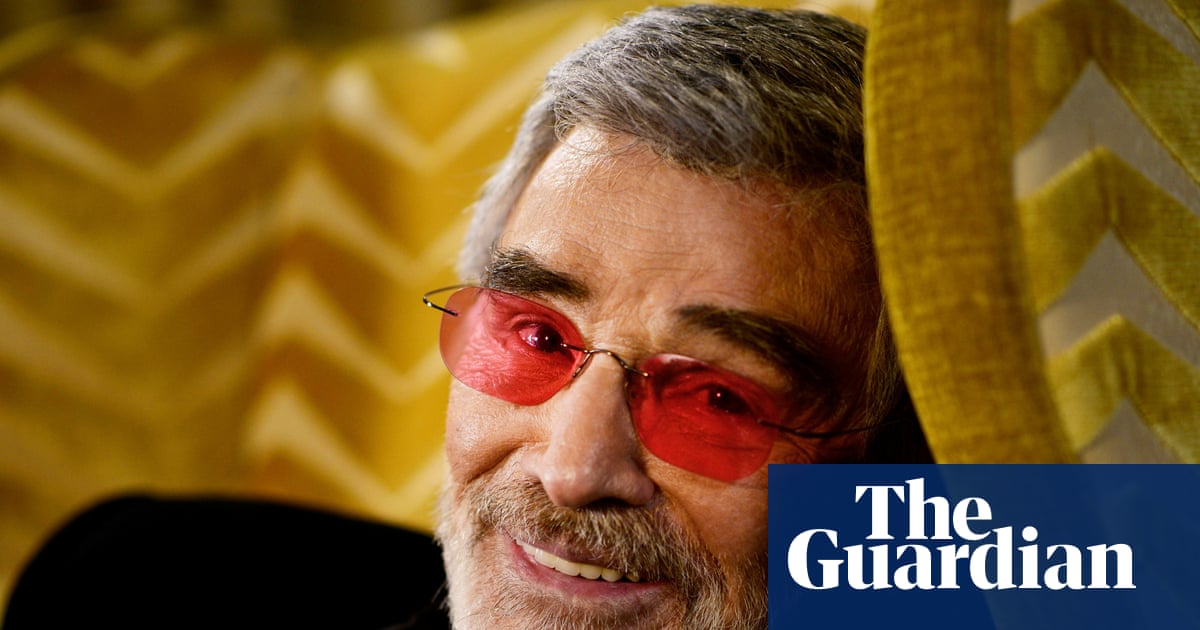Canada’s prime minister Mark Carney likes to say that when he was young, “we used to build big things in this country, and we used to build them quickly.”
That idea – of sprawling projects that transform nations, has influenced both his narrative as an economist-turned politician and his government’s multibillion dollar investment spree. “It’s time to get back at it, and get on with it,” he said in September.
On Thursday, Carney touted a slate of new “nation-building” projects, totalling more than $C56bn in new investment, that his government will help fast-track in order “to boost Canada’s competitiveness”. But those plans, which include mines and natural gas export, heavily favour investment in a resource-based economy that falls short on projects that experts say could change the day-to-day lives of Canadians – and reimagine the country’s future.
Carney told reporters the projects are “transformational” and will help the country realize “full potential as an energy superpower” while also finding new markets outside the United States.
Carney made the announcement in Terrace, British Columbia, at the site of a site of proposed C$6bn, 280-mile power line.
The line is meant to secure tens of billions of dollars in private-sector investments, including a string of critical-mineral mines, for the sparsely developed north-west corner of the province. The federal government’s hope is that it fend off economic threats from Donald Trump whose trade war with one of his closest allies has threatened to plunge the Canadian economy into a recession.
The first batch of five projects were announced in September and included critical mineral mines and natural gas projects.
In addition to the power line, Carney also flagged a BC LNG project, a nickel project in Ontario, a mine in New Brunswick, a graphite battery project in Quebec and a hydroelectric project in Iqaluit. He also announced a “conservation corridor” between north-west BC and the Yukon territory roughly the size of Greece.
“The signal the government is sending is that Canada is a resource economy and that we will continue to invest in being a resource economy. It really signals the government’s view that Canada’ s strength in the world is its ability to sell those resources,” said Shoshanna Saxe, a professor of civil engineering at the University of Toronto. “And I don’t think that’s wrong. But it feels as though there’s a chance for the government to invest in a new and forward-looking version of Canada.”
The latest list of projects again omits any new oil pipelines, which have proven to be deeply divisive and politically fractious in recent years.
Also absent is a proposed tunnel under the country’s busiest highway which had been pitched by Ontario premier Doug Ford but was dismissed by critics as fantasy. Ford’s provincial government is spending C$9m to study how the tunnel might one day be built.
Pipeline expansion and the tunnel project could have scored Carney political points in Alberta and Ontario, but they would likely take far longer than the 2030 deadline the federal government has put in place.
“If you want to do things fast, you need to go after projects that are already under way and have reasonably fast returns. Most heavy infrastructure can’t be built really quickly, but you can do a lot of light infrastructure projects with speed,” said Saxe. “And these make sense as an economic play – especially given the uncertainty in future relationships with the United States.”
But Saxe said there could be a broader discussion of “what is possible” when it comes to investments from the federal government.
“You could imagine a government that sees the narrative of a sovereignty threat and the need to be fully independent,” she said. And they could say: “We won’t be dependent on the old way of doing things and so we’re going to rapidly invest in new ways of doing things that improve people’s day-to-day lives.”
She points to a “huge infrastructure deficit” when it comes to water systems, bridges, public transit and housing.
“There are light things we can do that we could do at scale on a national level. And it would require the movement and engagement that we imagine occurred in the postwar period and after the depression,” she said. “And at the moment, the federal government is not asking us to engage in changing the basic way Canada works. They’re saying we’re going to continue to invest in the old strengths of Canada. But you’re still left wondering what is possible.”

 3 hours ago
5
3 hours ago
5


